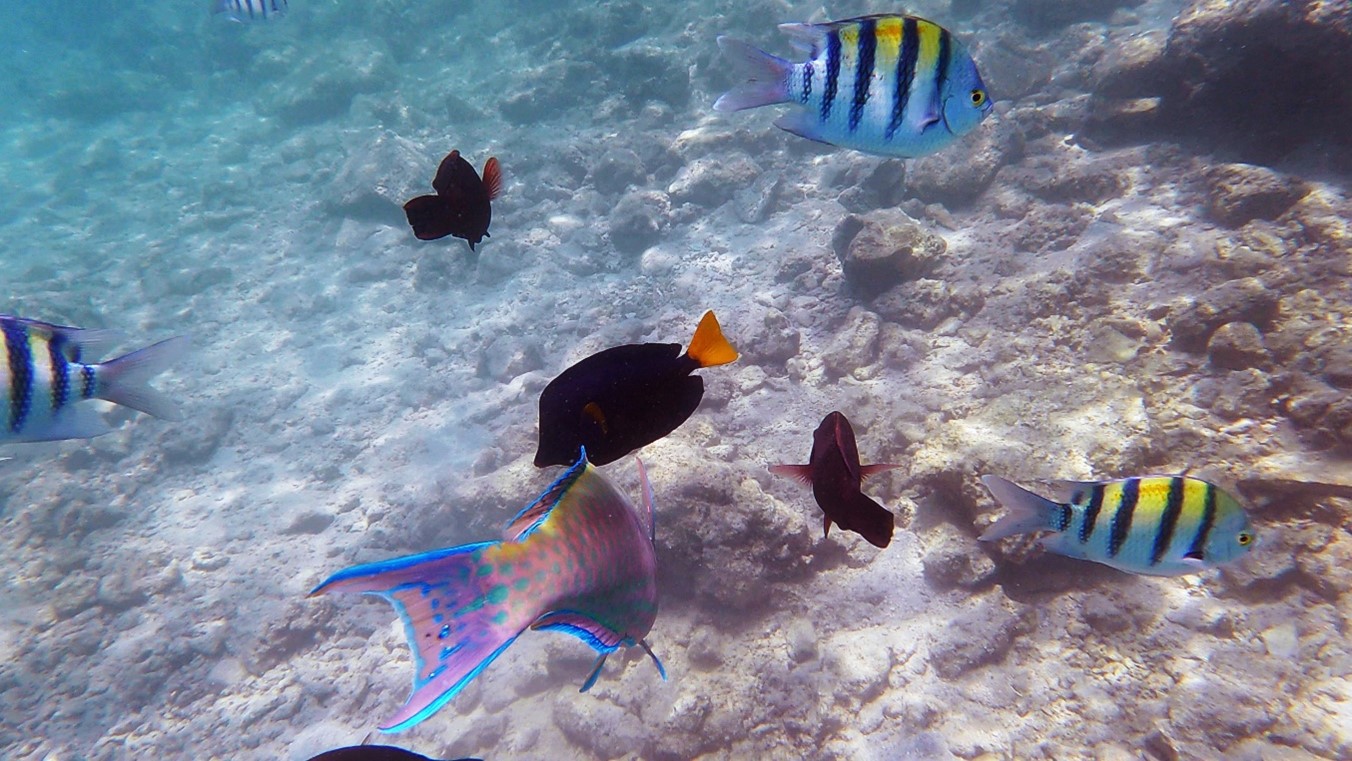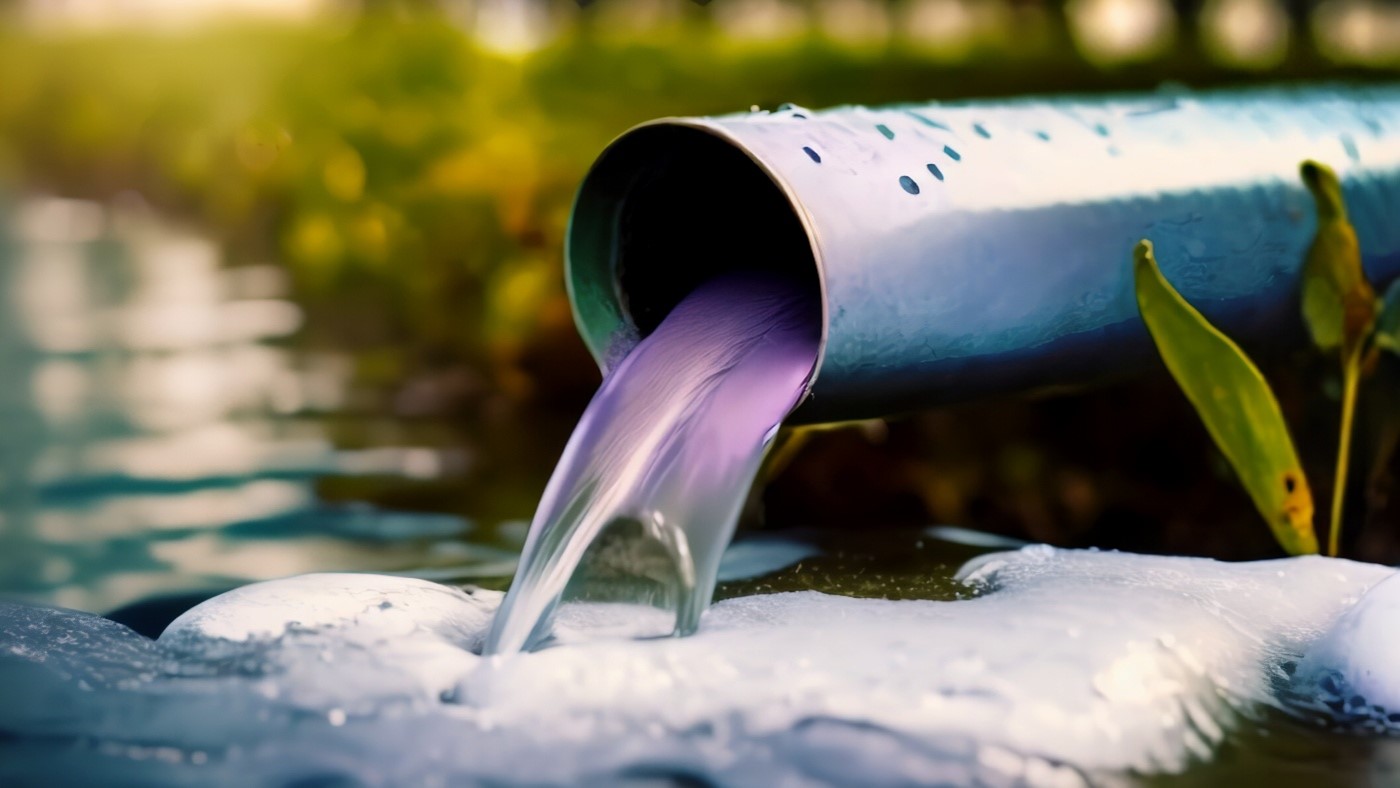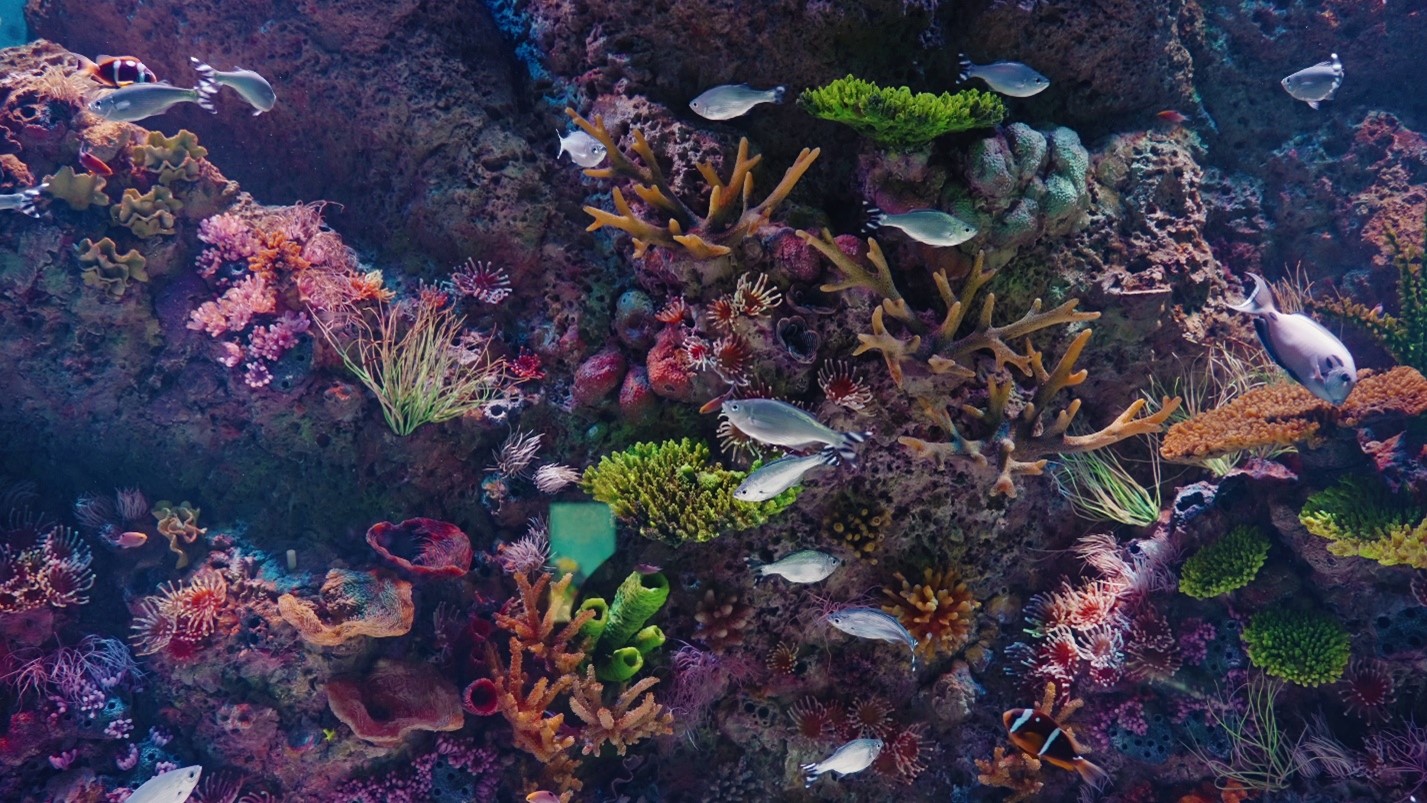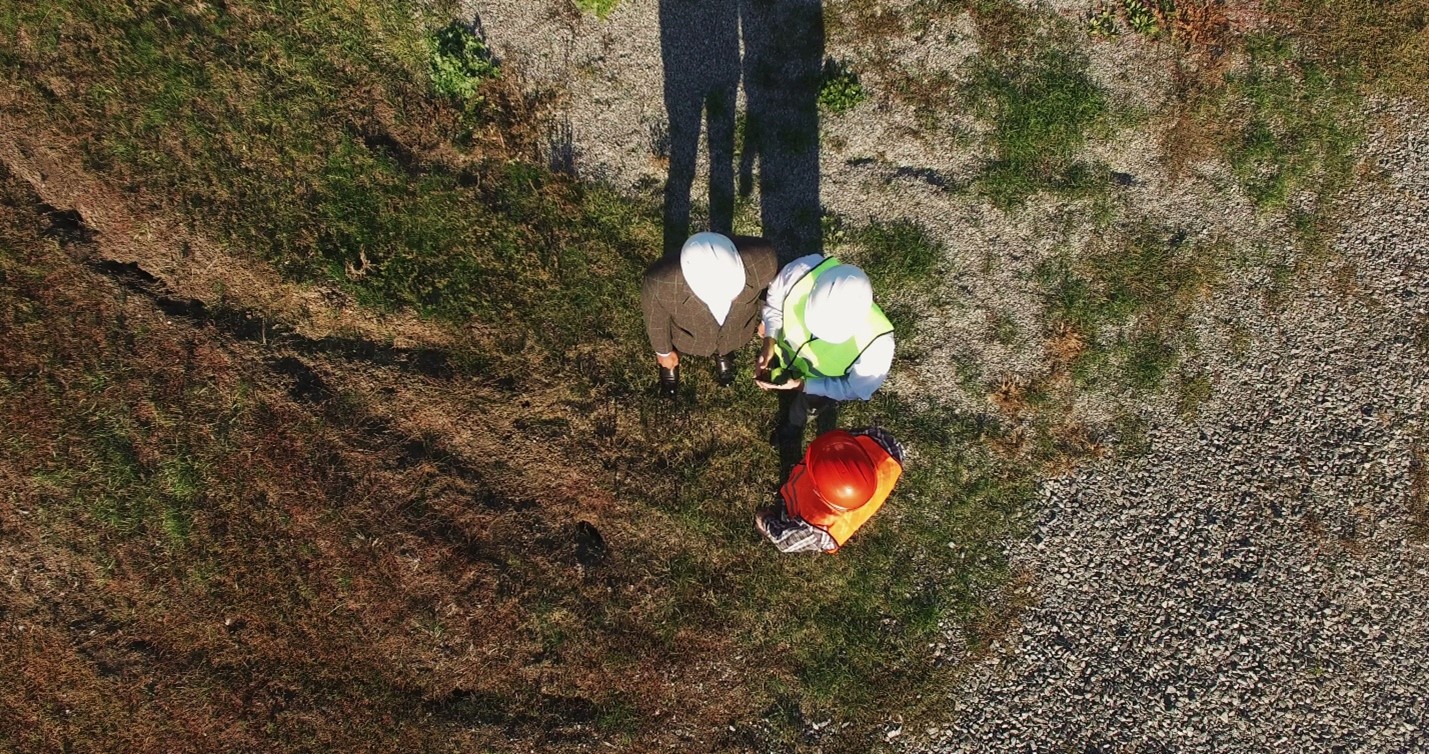Protecting Oceans from the Land: The Role of EHS in Safeguarding Marine Ecosystems
By Gina Parent, Environmental Reporting Specialist (Tulsa, Oklahoma)
Gina Parent holds a Bachelor’s degree in Environmental Conservation Biology from Rogers State University in Claremore, Oklahoma. She has hands-on experience in field-based environmental research and laboratory work. Her undergraduate studies involved prescribed burns, freshwater sampling, forest resource assessments, and marine animal care during an aquarium internship. Her undergraduate research examined Hawaiian coral reefs, focusing on climate change impacts and the role of citizen science in monitoring reef ecosystems. She is passionate about sustainability and the role of Environmental Health & Safety in protecting both human and environmental health—on land and in the ocean.
Without healthy oceans, we cannot have a healthy planet. Oceans are vital for life on Earth, yet they face growing threats from pollution, climate change, and habitat loss. Many of these pressures start on land, where industrial activity strongly affects marine health. By adopting sustainable practices and strong Environmental Health & Safety (EHS) programs, companies can protect oceans and coral reefs. This article highlights the land-to-sea connection and how proactive pollution prevention, sustainable resource use, and compliance with environmental regulations support healthy marine ecosystems.

The Land-to-Sea Connection
Pollutants in watersheds flow into streams and rivers, eventually reaching larger water systems and the ocean. Stormwater runoff from nonpoint sources—such as oil, pesticides, and plastics—is a major threat to aquatic ecosystems. It carries contaminants through watersheds into rivers and oceans, where it contributes to dead zones and harms coral reefs [1][3]. Similarly, untreated waste disrupts food chains, degrades habitats, and threatens marine biodiversity.
Inland sources of pollution can have surprisingly far-reaching effects. Recent decades of research show that excess nitrogen and phosphorus—largely from fertilizer use in Midwestern agricultural lands—wash into rivers and streams of the Mississippi River Basin, ultimately fueling the annual hypoxic “dead zone” in the Gulf of Mexico [5]. Chemical pollutants from agriculture, wastewater, and industry enter the Chesapeake Bay. They accumulate in sediments and marine life, impairing water quality, aquatic ecosystems, and human health [6]. Toxic pollution from the petrochemical industry along the Houston Ship Channel in Texas is causing devastating harms to local communities, with residents experiencing elevated pollution levels and health risks [7]. These challenges highlight the urgent need for strong EHS systems that address pollution at its source. Nowhere is this connection more evident than in coral reefs, which stand at the frontlines of land-based pollution.
AI in Monitoring and Reporting
One of the most immediate applications of AI in environmental compliance lies in the field of monitoring and reporting. Industrial facilities increasingly deploy networks of air, water, and soil sensors that produce continuous streams of data. AI algorithms can analyze this data in real time, identifying unusual patterns or pollutant levels that exceed regulatory thresholds. This capability reduces the delay between a compliance breach and the response, allowing organizations to take corrective actions before fines or enforcement actions occur.
Regulatory reporting is another area where AI proves beneficial. Natural language processing techniques can transform raw monitoring data into structured reports that align with state, federal, or international requirements. This minimizes the administrative burden on compliance teams and ensures a greater degree of consistency.

Protecting Coral Reefs, Protecting Ourselves
Coral reefs are one of the first places where we see the damage from land-based pollution, yet they are also some of the most important ecosystems for both ocean life and people. Industrial discharges of toxic chemicals, metals, and pesticides, combined with runoff from development, urban stormwater, and mining, can smother corals, weaken their immunity, and disrupt growth and reproduction, leaving reefs more vulnerable to disease and bleaching [8]. Millions of people rely on coral reefs for food, storm protection, and jobs tied to tourism and recreation. Coral reefs, often called the ‘medicine cabinets’ of the sea, provide marine organisms that produce unique compounds used in developing treatments for cancer, arthritis, and bacterial infections [9]. That’s why protecting coral reefs—by reducing pollution, managing land responsibly, and keeping industry in check—is not just about saving the reefs. It’s also about protecting our health, communities, and shared future.

The Role of EHS Systems in Pollution Prevention
Strong EHS protocols such as secondary containment for hazardous materials, regular equipment inspections, and proper stormwater management help prevent pollutants from reaching nearby waterways [2].
- Spill containment uses physical barriers to prevent accidental leaks or spills from leaving a storage or work area.
- Chemical handling protocols establish safe storage, transfer, and usage practices for chemicals. Waste management segregates, treats, recycles, or safely disposes of industrial waste according to regulatory requirements.
- Stormwater management prevents nonpoint source pollution from washing contaminants into rivers and oceans.
These systems are essential for workplace safety and compliance. They also act as barriers that prevent pollutants from escaping facilities and contaminating downstream ecosystems.
Proactive vs. Reactive Approaches
Shifting from reactive to proactive EHS practices enables companies to prevent incidents, enhance operational efficiency, maintain compliance, and demonstrate commitment to employees, the environment, and stakeholders, promoting a culture of safety and sustainability [4]. Reactive approaches address environmental issues only after they occur, often resulting in higher costs and greater risks [10]. Proactive measures include regular equipment inspections and employee training on safe chemical handling. They also involve green infrastructure to manage stormwater and reduce runoff [11]. These strategies reduce workplace accidents and regulatory fines. They also help prevent pollutants from reaching waterways and marine ecosystems. Companies that adopt proactive EHS practices often see improved operational efficiency, stronger employee morale, and increased trust from stakeholders. By preventing harm before it happens, proactive EHS programs serve as a frontline defense for both human safety and the health of the oceans.

Safeguarding the Future of Our Oceans
By strengthening EHS programs and adopting sustainable practices, industries can significantly reduce the flow of pollutants into rivers, estuaries, and coral reefs. Proper waste management, responsible industrial discharges, and reduced chemical runoff help maintain water quality and protect delicate marine ecosystems. Healthy oceans support resilient fisheries and thriving coastal communities. They also provide food, medicine, and coastal protection. By acting responsibly today, we can leave oceans that are not only healthy but flourishing. This ensures that future generations inherit ecosystems capable of sustaining life and supporting human well-being. Protecting oceans begins with the choices we make on land, and together, industries, policymakers, and communities can ensure the oceans remain resilient.
References
- NOAA (March 25, 2025). Watersheds, flooding, and pollution.
- IFC (April 30, 2007). Environmental, Health, and Safety General Guidelines.
- ELC (September 14, 2024). How Does Water Pollution Occur?
- A S, Krishna (November 29, 2024) From Reactive to Proactive: Building a Culture of EHS Excellence.
- Joy Mazur (June 8, 2023) A lifetime of research links Gulf of Mexico ‘dead zone’ to Midwest fertilizer runoff.
- Chesapeake Bay Program (2025) Chemical Contaminants.
- Huanjia Zhang (January 26, 2024) Lives “devastated” by petrochemical industry pollution in Texas: Report.
- EPA (2025) Threats to Coral Reefs.
- Coral Reef Alliance (January 13, 2025) The Surprising Connections Between Coral Reefs and Human Health.
- Sustainability Directory (April 27, 2025) Reactive Approaches.
- EPA (2024) Operation and Maintenance Considerations for Green Infrastructure.